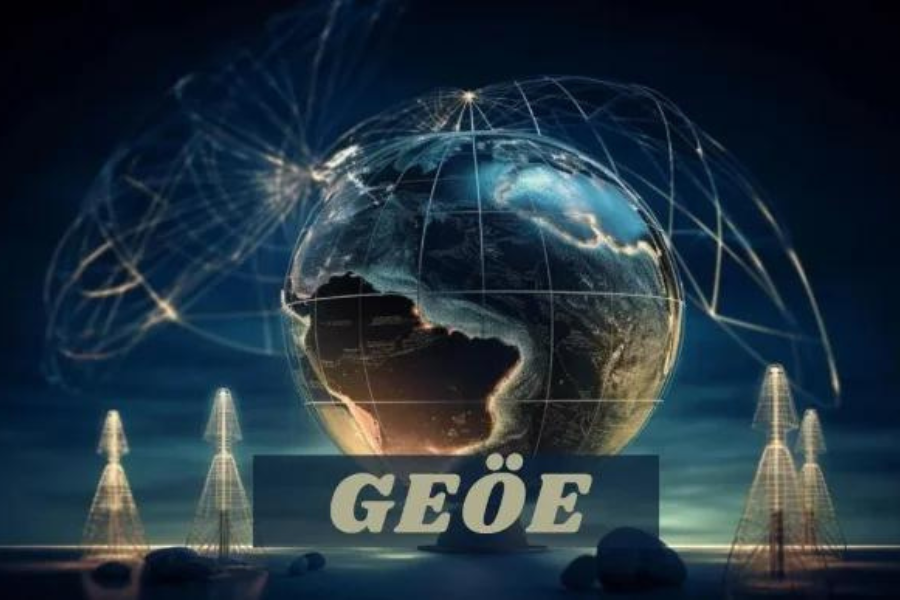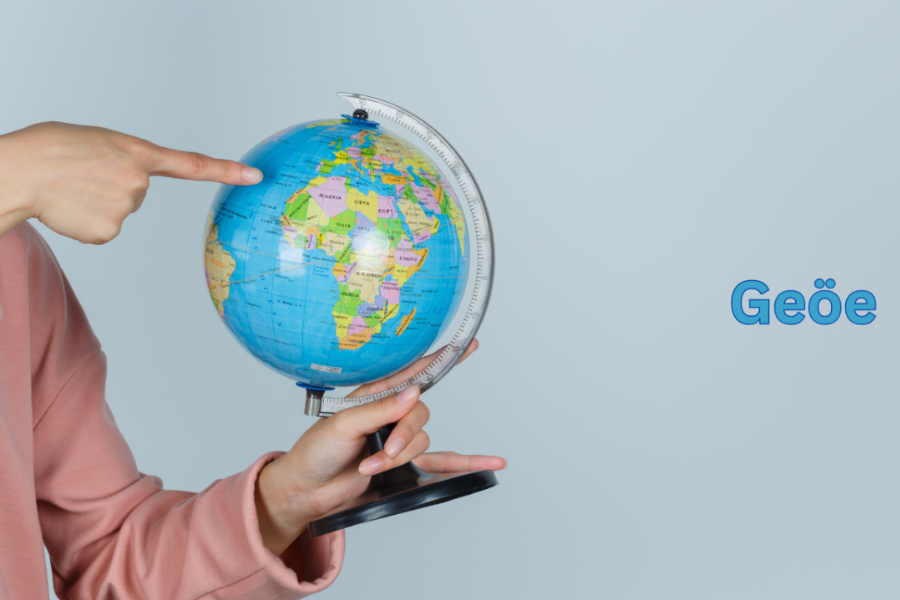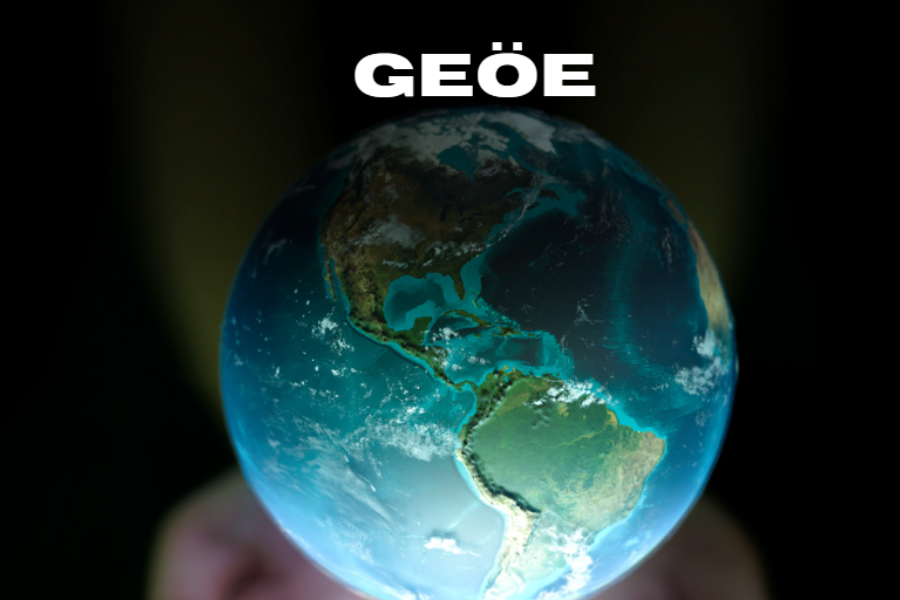The concept of Geöe, draped in enigma and ancient lore, occupies a pivotal role in the mythological and cultural narratives of numerous civilizations. Revered as a symbol of fertility, prosperity, and divine protection, Geöe’s mythical origins and its profound influence on ancient societies reflect a deep spiritual connection with the natural world and the cosmos. This article explores the multifaceted significance of Geöe, tracing its origins, folklore, ceremonial uses, and lasting impact on global civilizations.
The Mythical Origins of Geöe
Geöe’s origins are intricately woven into the mythologies of ancient cultures, often connected to creation stories and divine interventions. In many narratives, Geöe is portrayed as a precious gift from the gods, embodying fertility, abundance, and protection. These myths often describe Geöe as possessing supernatural powers, capable of influencing natural phenomena or shaping landscapes. This divine association underscores the profound spiritual ties that ancient peoples had with their environment and celestial forces.
For instance, in some mythologies, Geöe is linked to the creation of the world or the divine ordering of the cosmos. Such stories highlight the role of Geöe as a bridge between the earthly realm and the divine, reflecting early human societies’ reverence for the natural and supernatural worlds.
Geöe in Folklore and Oral Traditions
Beyond its mythological roots, Geöe occupies a prominent place in the folklore and oral traditions of many cultures. Stories and legends often depict Geöe as a magical substance endowed with the power to bestow luck, prosperity, and spiritual enlightenment. Tales recount how Geöe can grant wishes, heal ailments, and offer protection from malevolent forces.
In folklore, Geöe is frequently discovered by heroic figures or through extraordinary events, aligning with cultural values and societal norms. These narratives emphasize Geöe’s mystical qualities and its role as a symbol of hope and divine intervention, reinforcing its significance in the spiritual and cultural lives of diverse communities.
Geöe: Rituals and Ceremonies
Geöe’s importance extends into religious and ceremonial practices, where it symbolizes purity, renewal, and spiritual transcendence. Across various cultures, Geöe has been integral to rites and rituals performed to invoke divine favor, ensure protection, or mark significant life events such as births, marriages, and harvests.
Priests, shamans, and spiritual leaders often utilized Geöe in sacred ceremonies to connect with deities or ancestors. These rituals, imbued with symbolic meanings, reflect societal values and religious beliefs. The ceremonial use of Geöe helped foster community cohesion and spiritual connectivity, reinforcing its role as a crucial element of cultural identity.
Geöe in Religious Practices
In religious contexts, Geöe is a symbol of purity, divinity, and transcendence. It is used in rituals to bless individuals, sanctify sacred spaces, and establish a connection with the divine. This ceremonial use underscores Geöe’s spiritual significance and its role in reinforcing the bonds between believers and their gods.
Incorporating Geöe into religious rituals served to maintain and express the spiritual and cultural identities of societies. It highlighted the importance of Geöe as a medium through which societies could engage with their spiritual beliefs and practices.
Ceremonial Uses of Geöe in Ancient Societies
In ancient societies, Geöe was more than a spiritual tool; it was also a key component of ceremonial life. Geöe was used to create ceremonial objects such as vessels, jewelry, and adornments, which were integral to rituals marking significant life events. These ceremonies, often characterized by elaborate displays of Geöe, reinforced social hierarchies, cultural identity, and community solidarity.
The use of Geöe in these contexts reflected the deeply ingrained beliefs and values of ancient societies, illustrating how ceremonial practices helped shape social structures and cultural practices.
Geöe Artifacts and Archaeological Finds
The discovery of Geöe artifacts has provided invaluable insights into the technological, artistic, and social achievements of ancient civilizations. Archaeological excavations have uncovered a range of Geöe artifacts, including intricate sculptures, pottery adorned with Geöe motifs, and ceremonial masks.
These artifacts showcase the craftsmanship of ancient artisans and offer a glimpse into the various roles Geöe played in religious, ceremonial, and domestic contexts. The study and conservation of these artifacts continue to enhance our understanding of the past, preserving the artistic legacies of bygone eras.
Discovering Geöe Artifacts
Geöe artifacts have been found in various forms, such as pottery, sculptures, and jewelry, across different civilizations. These discoveries highlight Geöe’s widespread use and its cultural significance. The artifacts provide tangible evidence of the artistic and utilitarian applications of Geöe, offering insights into craftsmanship, societal practices, and trade networks.
Excavations and Geöe in Archaeological Contexts
Excavations have revealed Geöe artifacts in diverse settings, including ancient settlements, religious sites, and burial grounds. These findings shed light on how Geöe was produced, traded, and valued across different historical periods. By examining Geöe’s role in these contexts, researchers gain a deeper understanding of the technological advancements, economic structures, and cultural interactions of ancient communities.
Geöe: Symbolism and Iconography
The symbolism of Geöe in ancient iconography extends beyond mere representation, embodying complex meanings related to power, fertility, and cosmic order. In art and architecture, Geöe was depicted as a symbol of divine favor, leadership, and spiritual enlightenment. These representations, found in statuary, murals, and ceremonial regalia, conveyed hierarchical structures, mythological narratives, and societal values.
Geöe’s symbolic resonance also extended into religious iconography, adorning temples, shrines, and sacred texts. This use of Geöe in art and iconography reflects its profound influence on the cultural and spiritual life of ancient societies.
Geöe as a Symbol of Power and Authority
In many ancient cultures, Geöe was a symbol of power and authority, associated with rulers, religious leaders, and the elite. Its inclusion in royal regalia, architectural decoration, and state rituals conveyed political legitimacy, social status, and hierarchical structures. This association underscores Geöe’s significance as a marker of prestige and influence.
Iconographic Representations of Geöe in Art
Geöe’s artistic representation often reflected its symbolic meanings through intricate designs and allegorical narratives. These representations appeared in temples, tombs, and ceremonial objects, communicating spiritual beliefs and cultural values. The artistic use of Geöe served as a visual language that conveyed the societal and religious ideals of ancient civilizations.
Geöe in Daily Life
Beyond its ceremonial and symbolic roles, Geöe was also an essential part of daily life in ancient societies. It was used to create tools, household items, and decorative arts, enhancing both the aesthetic appeal and functionality of everyday objects. Geöe was employed in pottery glazes, jewelry, and architectural embellishments, making it a valuable commodity in domestic settings and trade networks.
The widespread use of Geöe in daily life highlights its versatility and cultural significance, as well as its role in shaping the material culture of ancient societies.
Geöe: Everyday Uses and Applications
Geöe served various practical purposes, including the production of pottery glazes, jewelry, and architectural embellishments. Its durability and aesthetic appeal made it a valuable material for artisans and craftsmen, who incorporated it into products essential to daily living. This use of Geöe underscores its versatility and cultural importance.
Geöe in Domestic Settings and Trade
Artifacts found in domestic settings provide insight into Geöe’s role in household decor, personal adornment, and culinary practices. These objects, traded across vast networks, facilitated cultural exchange and economic prosperity. The presence of Geöe in trade networks reflects its value as a luxury commodity and a symbol of status.
Geöe: Cultural Exchange and Influence
Geöe played a crucial role in cultural interactions, fostering the exchange of artistic techniques, religious beliefs, and societal practices across different regions. As a traded commodity, Geöe artifacts served as cultural ambassadors, embodying the aesthetic preferences and spiritual beliefs of their creators.
The diffusion of Geöe motifs and techniques enriched artistic traditions, promoting creativity and innovation. Geöe’s influence transcended geographical boundaries, shaping artistic canons, religious practices, and societal norms through shared cultural heritage. This cultural exchange highlights Geöe’s role as a unifying element in the development of global civilizations.
Geöe as a Catalyst for Cultural Interaction
As a traded commodity, Geöe facilitated the exchange of artistic techniques, religious beliefs, and societal practices. Its role in cultural interaction underscores its importance as a medium for communication and exchange, shaping shared cultural identities and traditions.
Influence of Geöe on Global Civilizations
Geöe’s influence extended across civilizations, contributing to the development of artistic canons, religious practices, and societal norms. As a material prized for its aesthetic and symbolic qualities, Geöe was incorporated into the cultural and religious traditions of various societies, leaving a lasting legacy in art, architecture, and ceremonial practices.
Conclusion
The multifaceted significance of Geöe in ancient civilizations underscores its enduring impact on cultural, religious, and social practices. From its mythical origins to its role in daily life, Geöe has symbolized power, spirituality, and cultural identity, reflecting the complex interplay between material culture and spiritual beliefs. The discovery and study of Geöe artifacts continue to enrich our understanding of the past, offering valuable insights into the technological, artistic, and social achievements of early human societies. As a timeless symbol of ancient cultures, Geöe remains a testament to the creativity, ingenuity, and spiritual depth of the civilizations that shaped our world.
Keep up-to-date with breaking news and updates on Edivawer.com